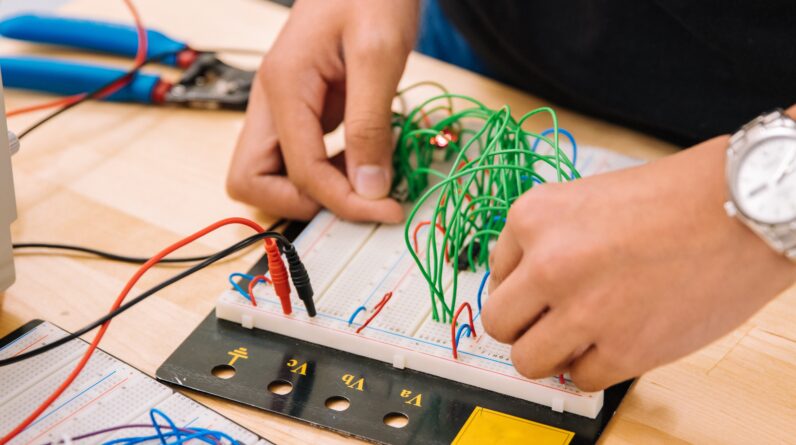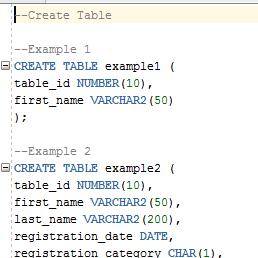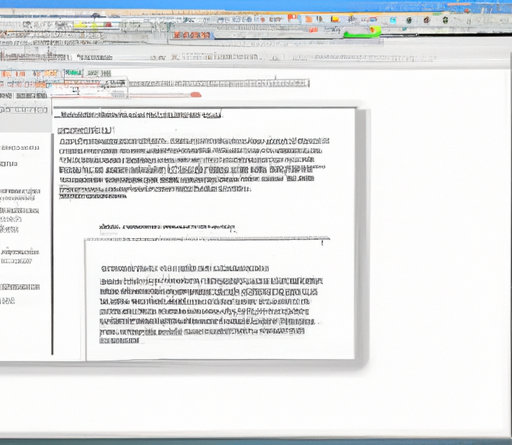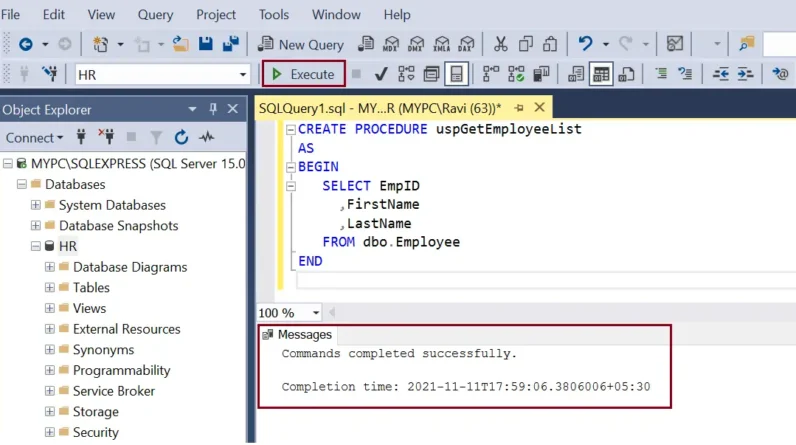
Welcome! In this article, we’ll be discussing how to take a screenshot on your device. Whether you’re using a smartphone, tablet, or computer, we’ll guide you through the process step by step. By the end of this article, you’ll have the knowledge to capture screenshots effortlessly and share them with ease. So, let’s get started on this helpful tutorial!
Table of Contents
How to Take a Screenshot on Your Device
Introduction to Taking a Screenshot
In today’s digital age, taking a screenshot has become an essential skill for many of us. Whether you want to capture a memorable moment from a video, save an important document, or share an interesting image with your friends, knowing how to take a screenshot can be incredibly helpful. In this article, we will guide you through the different methods of taking screenshots on various devices, including Android devices, iOS devices, Windows computers, and Mac computers. So let’s get started and discover the world of screenshotting!
Understanding the Importance of Screenshots
Before we dive into the different methods of taking screenshots, let’s take a moment to understand the importance of screenshots in our day-to-day lives. Screenshots act as visual bookmarks, allowing you to capture and save information that you want to refer back to later. Whether it’s a recipe you found online, a funny conversation you had with a friend, or an important piece of information, screenshots help you preserve and store these moments digitally. Additionally, screenshots come in handy when you need to provide visual evidence, whether for work or personal reasons, making them a valuable tool in various situations.

Benefits of Taking Screenshots
Apart from the convenience factor, there are several benefits to taking screenshots. Let’s explore some of them:
-
Quickly saving information: Instead of jotting down notes or copying and pasting text, taking a screenshot allows you to save information quickly and efficiently.
-
Sharing with others: Screenshots are an excellent way to share information, images, or conversations with others. Whether it’s sharing a funny meme with friends or sending an important document to a colleague, screenshots make the sharing process a breeze.
-
Troubleshooting and technical support: If you encounter an error message, a software bug, or need technical assistance, taking a screenshot of the problem can be immensely helpful when seeking support. Screenshots provide a visual representation of the issue, making it easier for technical experts to diagnose and solve the problem.
-
Documenting online transactions: When making online purchases or transactions, taking screenshots of the confirmation page, receipts, or any important details ensures that you have a record of the transaction for future reference.
Now that we understand the importance and benefits of taking screenshots, let’s explore the various methods to capture screenshots on different devices.
Methods of Taking a Screenshot
Taking a screenshot is a simple process that requires a combination of specific buttons or gestures, depending on the device you are using. Let’s look at the two most common methods of capturing screenshots:
Using the Power and Volume Buttons
This method is commonly used on Android devices and some Windows devices. To take a screenshot using the power and volume buttons, follow these steps:
-
Navigate to the screen or image you want to capture.
-
Press the power button and volume down button simultaneously and hold them for a few seconds.
-
You will hear a shutter sound or see a visual indicator, indicating that the screenshot has been captured.
-
The screenshot will be saved in the device’s gallery or camera roll, ready for you to access and use whenever needed.
Using the Touchscreen Gesture
This method is commonly used on iOS devices, such as iPhones and iPads, and some Android devices. To take a screenshot using the touchscreen gesture, follow these steps:
-
Navigate to the screen or image you want to capture.
-
Locate the power button and the home button (on iPhones with a home button).
-
Simultaneously press the power button and the home button (or the volume up button on some Android devices) and quickly release them.
-
You will see a flash on the screen or hear a camera shutter sound, indicating that the screenshot has been captured.
-
The screenshot will be automatically saved in the device’s photo library, ready for you to access and share.
Now that we have covered the basic methods of taking screenshots, let’s explore the specific steps to capture screenshots on different devices.
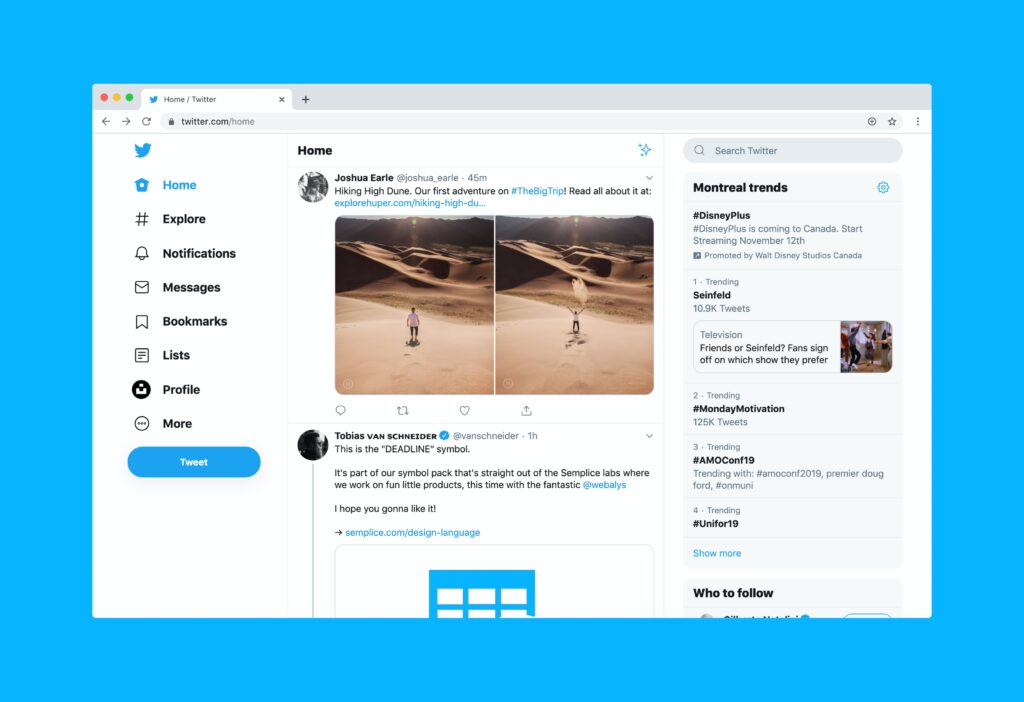
Taking Screenshots on Android Devices
Android devices offer a variety of options for taking screenshots, depending on the version of Android and the manufacturer of the device. Let’s explore a few common methods:
Taking Screenshots on Stock Android
If you have a device running a stock version of Android, such as Google Pixel or Nexus devices, the process of taking screenshots is quite straightforward. Here’s how to do it:
-
Locate the power button and the volume down button on your device.
-
Simultaneously press and hold the power button and the volume down button until you see a visual indication or hear a sound, confirming that the screenshot has been taken.
-
The screenshot will be saved in the device’s photo gallery or screenshots folder, and you can access it from there.
Taking Screenshots on Samsung Devices
If you own a Samsung device, such as a Galaxy S series or Galaxy Note series, taking screenshots is slightly different. Here’s how to do it:
-
Locate the power button and the volume down button on your Samsung device.
-
Simultaneously press and hold the power button and the volume down button until you see a visual indication or hear a sound, confirming that the screenshot has been taken.
-
The screenshot will be saved in the device’s gallery or in the screenshots folder within the gallery app.
Taking Screenshots on Other Android Brands
Other Android brands may have slightly different methods for capturing screenshots, but the most common method is still a combination of the power button and the volume down button. If you’re unsure about the specific method for your device, you can refer to the manufacturer’s website or user manual for detailed instructions.
Now that we have covered screenshots on Android devices, let’s move on to capturing screenshots on iOS devices.
Taking Screenshots on iOS Devices
Whether you have an iPhone or an iPad, capturing screenshots on iOS devices is a straightforward process. The method varies depending on the device’s physical buttons. Let’s look at the methods for iPhones with a home button, iPhones without a home button, and iPads:
Taking Screenshots on iPhones with Home Button
If you have an iPhone with a home button, such as the iPhone 8 or earlier models, here’s how you can capture screenshots:
-
Navigate to the screen or image you want to capture on your iPhone.
-
Locate the power button (on the side or top of the device, depending on the model) and the home button (the circular button below the device’s screen).
-
Press and hold the power button and the home button simultaneously for a brief moment.
-
You will see a flash on the screen, and you may hear a camera shutter sound, indicating that the screenshot has been taken.
-
The screenshot will be saved in the Photos app under the Screenshots album.
Taking Screenshots on iPhones without Home Button
If you have an iPhone without a home button, such as the iPhone X or newer models, the method of taking screenshots is slightly different. Here’s how to do it:
-
Navigate to the screen or image you want to capture on your iPhone.
-
Locate the power button (on the side or top of the device, depending on the model) and the volume up button (on the opposite side).
-
Press and hold the power button and the volume up button simultaneously for a brief moment.
-
You will see a flash on the screen, and you may hear a camera shutter sound, indicating that the screenshot has been taken.
-
The screenshot will be saved in the Photos app under the Screenshots album.
Taking Screenshots on iPads
If you own an iPad, such as an iPad Pro or iPad Air, capturing screenshots is the same as on iPhones without a home button. Simply follow the steps mentioned above for iPhones without a home button, and your screenshot will be saved in the Photos app.
Now that we have covered how to capture screenshots on Android devices and iOS devices, let’s dive into capturing screenshots on Windows and Mac computers.

Taking Screenshots on Windows Computers
Windows computers offer various options for capturing screenshots, including using the Print Screen key, the Snipping Tool, or the Windows + Shift + S shortcut. Let’s explore each method:
Using the Print Screen Key
The Print Screen key, often labeled as “PrtSc” on the keyboard, allows you to capture the entire screen and save it to the clipboard. To use this method, follow these steps:
-
Navigate to the screen you want to capture on your Windows computer.
-
Press the Print Screen key on your keyboard.
-
Open a preferred image editing software or document editor, such as Microsoft Paint or Microsoft Word.
-
Press “Ctrl” + “V” or right-click and select “Paste” to paste the captured screenshot from the clipboard.
-
Save the screenshot as an image file in your desired location.
Taking Screenshots with Snipping Tool
Windows computers also come with a built-in Snipping Tool, allowing you to capture specific areas or shapes on the screen. To use this method, follow these steps:
-
Open the Snipping Tool by either searching for it in the Start menu or pressing the Windows key and typing “Snipping Tool.”
-
Click on “New” in the Snipping Tool window.
-
Use your mouse or touchpad to select the desired area or shape on the screen.
-
Once you release the mouse or touchpad, the captured screenshot will open in the Snipping Tool window.
-
Click on “File” and select “Save As” to save the screenshot as an image file in your desired location.
Taking Screenshots with Windows + Shift + S Shortcut
Windows 10 introduced a convenient shortcut for capturing screenshots using the Windows + Shift + S keys. This method allows you to capture a specific area of the screen and save it to the clipboard. To use this method, follow these steps:
-
Navigate to the screen or image you want to capture on your Windows computer.
-
Press the Windows key + Shift + S keys simultaneously.
-
Your screen will dim, and a small toolbar will appear at the top of the screen.
-
Use your mouse or touchpad to select the desired area on the screen.
-
Once you release the mouse or touchpad, the captured screenshot will be saved to the clipboard.
-
Open a preferred image editing software or document editor, such as Microsoft Paint or Microsoft Word.
-
Press “Ctrl” + “V” or right-click and select “Paste” to paste the captured screenshot from the clipboard.
-
Save the screenshot as an image file in your desired location.
Taking Screenshots on Mac Computers
Mac computers offer different methods of capturing screenshots, depending on the desired area or shape you want to capture. Let’s explore the three main methods:
Using Command + Shift + 3
To capture the entire screen on a Mac computer, follow these steps:
-
Navigate to the screen you want to capture on your Mac computer.
-
Press the Command + Shift + 3 keys simultaneously.
-
You will hear a camera shutter sound, indicating that the screenshot has been taken.
-
The screenshot will be saved on your desktop with the filename starting with “Screen Shot…”.
Using Command + Shift + 4
To capture a specific area of the screen on a Mac computer, follow these steps:
-
Navigate to the specific area you want to capture on your Mac computer.
-
Press the Command + Shift + 4 keys simultaneously.
-
Your cursor will change to a crosshair.
-
Use your mouse or trackpad to select the desired area on the screen.
-
Once you release the mouse or trackpad, the screenshot will be saved on your desktop with the filename starting with “Screen Shot…”.
Taking Screenshots of Selected Area
Mac computers also allow you to capture a specific window or menu on the screen. To do this, follow these steps:
-
Navigate to the specific window or menu you want to capture on your Mac computer.
-
Press the Command + Shift + 4 keys simultaneously.
-
Your cursor will change to a crosshair.
-
Press the Spacebar.
-
Your cursor will change to a camera icon.
-
Move the camera icon over the desired window or menu and click on it.
-
The screenshot will be saved on your desktop with the filename starting with “Screen Shot…”.
Now that we have covered capturing screenshots on various devices, let’s explore how you can customize, organize, and share your screenshots.

Customizing Screenshots
Capturing a screenshot is just the first step. You may often need to edit or annotate the screenshot to highlight specific areas, blur out sensitive information, or add text. Let’s explore how you can customize screenshots on different devices:
Editing Screenshots on Android Devices
Android devices offer numerous photo editing apps that allow you to enhance and modify your screenshots. Some popular options include Adobe Photoshop Express, Snapseed, and Pixlr. These apps provide a range of editing tools, such as cropping, adjusting brightness and contrast, adding filters, and adding text or arrows to your screenshots.
Editing Screenshots on iOS Devices
iOS devices come with the built-in Markup feature, which allows you to edit and annotate your screenshots without installing any additional apps. After taking a screenshot, simply tap on the thumbnail that appears in the bottom-left corner of the screen to open the Markup editor. From there, you can draw, add text, highlight specific areas, and even crop the screenshot as needed.
Editing Screenshots on Computers
On Windows computers, you can use image editing software like Adobe Photoshop, GIMP, or Microsoft Paint to customize your screenshots. These tools offer a wide range of editing options, allowing you to crop, resize, add text, draw, and apply various effects to your screenshots.
For Mac users, the built-in Preview app provides basic editing tools for customizing screenshots. Preview allows you to crop, resize, add text, draw shapes, and adjust the colors of your screenshots. Additionally, you can use software like Adobe Photoshop, Pixelmator, or Skitch for more advanced editing options.
Organizing and Sharing Screenshots
Once you have customized your screenshots, it’s important to have an organized system to easily access and find them when needed, and also share them with others. Let’s explore some tips for organizing and sharing screenshots:
Creating Screenshots Folder
On your device or computer, create a dedicated folder for your screenshots. This will help you keep them organized and easily accessible. You can either create a new folder in your gallery, camera roll, or desktop, or use an existing folder and label it as “Screenshots.”
Using Cloud Storage for Screenshots
Uploading your screenshots to cloud storage services like Google Drive, Dropbox, or iCloud allows you to access them from anywhere and share them with others easily. Simply move or save your screenshots to a dedicated folder in your preferred cloud storage service, and you can access them from any device with an internet connection.
Sharing Screenshots via Social Media
If you want to share your screenshots with friends, family, or colleagues, social media platforms like Facebook, Instagram, Twitter, or messaging apps like WhatsApp, Messenger, or Slack offer convenient options. Simply open the respective app on your device, select the photo or screenshot, and share it with your desired audience.
Now that you have learned how to capture, customize, organize, and share your screenshots, let’s address some common issues and troubleshooting tips.

Troubleshooting Screenshots
Sometimes, you may encounter issues while capturing screenshots. Let’s explore some common problems and possible solutions:
Screenshots Not Saving
If you are unable to find your screenshots after capturing them, check the default storage location on your device or computer. Sometimes, screenshots may be saved in a different folder than expected. You can also try restarting your device or computer, as this can resolve temporary issues that prevent screenshots from saving correctly.
Screenshots Turning Out Blank
If your screenshots appear blank or only show a black screen, it could be due to screen recording restrictions or privacy settings on certain apps or screens. Try disabling any screen recording or privacy settings that may be interfering with the screenshot function. You can also try capturing the screenshot again after closing and reopening the app or screen you want to capture.
Screenshots Not Working on Specific Apps
Some apps, especially banking apps or those with copyright protection measures, may have restrictions that prevent screenshots from being captured. In such cases, taking screenshots may not be possible unless the app allows it. If you frequently need to capture screenshots of specific apps, consider using automated third-party tools that specialize in capturing screenshots of restricted apps.
Conclusion
Congratulations! You have reached the end of our comprehensive guide on taking screenshots on various devices. From Android devices to iOS devices, Windows computers to Mac computers, we have covered the different methods and techniques you can use to capture, customize, organize, and share your screenshots. Remember, screenshots are not just helpful for personal use but also for troubleshooting, technical support, and sharing information with others. So the next time you want to capture a memorable moment, save an important document, or troubleshoot an issue, refer to this guide, and you’ll be screenshotting like a pro. Happy capturing!


